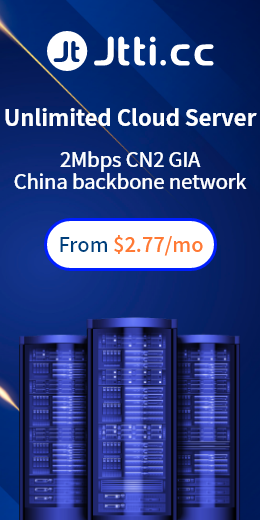Building a Content Delivery Network (CDN, content distribution network) can help accelerate the content transmission of the website and improve the user access experience. Here are some steps on how to set up your own CDN:
Select server:
First, you need to choose a server suitable for building a CDN, which can be a virtual host, cloud server or dedicated server. The geographical location of the server is important to the effectiveness of the CDN. You can choose a server location that is closer to your user group.
Install the web server:
Install a stable web server on the server, such as Nginx or Apache. This will act as a front-end server for the CDN, receiving user requests and forwarding them to the back-end servers.
Set cache policy:
Configure the cache policy of the web server so that static resources (such as pictures, style sheets, scripts, etc.) can be cached. In this way, when users request these resources, the CDN server can directly provide cached copies to speed up response times.
Domain name configuration:
Configure an independent domain name for the CDN server, such as cdn.yourwebsite.com. You can point this domain name to your server IP address in DNS resolution.

Content synchronization:
Copy the static resources of your website to the CDN server, and ensure that the CDN server can access these resources through the domain name. You can use rsync or other file synchronization tools for content synchronization.
Configure caching rules:
Configure the cache rules of the web server, such as setting the cache expiration time, enabling Gzip compression, etc. These settings can improve user access speeds and reduce bandwidth usage.
Monitoring and optimization:
Set up a monitoring system to regularly check the performance and operating status of the CDN. Based on monitoring data, optimize CDN configuration and improve user access experience.
SSL support:
If your website uses SSL, make sure the CDN server also supports SSL. You can apply for an SSL certificate for the CDN subdomain name and configure it accordingly.
test:
After the construction is completed, conduct some tests, including accessing the website from different geographical locations, testing response time and speed, etc.
It should be noted that building your own CDN requires certain technology and resources. If your website traffic is not very large, or you do not have enough experience to manage CDN, you can also consider using third-party CDN services, which provide a simple way. to speed up the transmission of website content.

 EN
EN
 CN
CN









